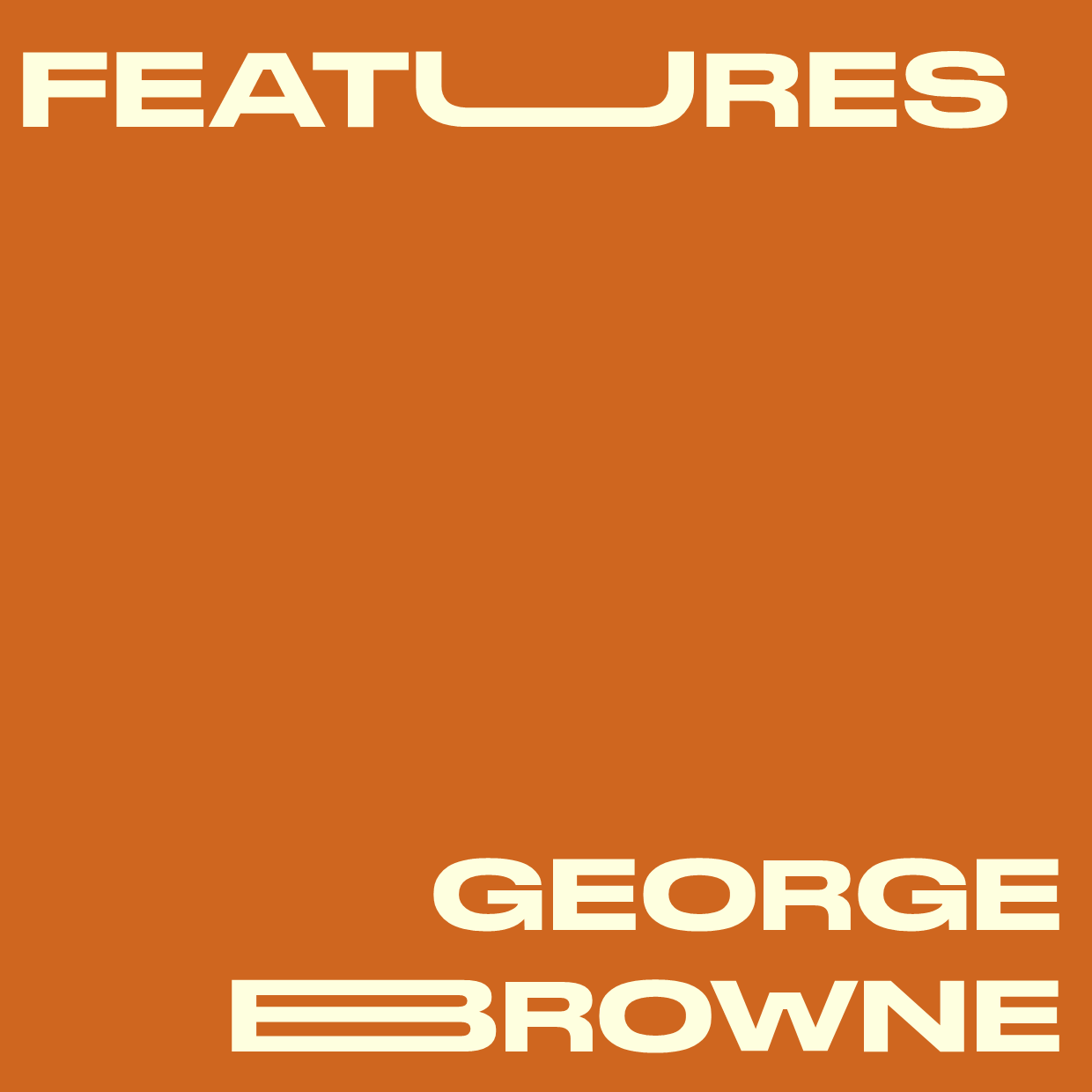Words: George Browne (He/Him)
Someone walks into a room. Their atmosphere asserts their presence without demanding attention. It is in their walk. Or strut. It is in the clothes they wear – fabrics and ‘fits that you could never imagine yourself pulling off. Their conversation flows, their outlooks eschew the conventional. All of this occurs without it either appearing as a performance, or overtly nonchalant. It causes a mixture of attraction and admiration, even jealousy. It can often only be described as ‘cool’. A term thats use is so saturated, its original definition has been long forgotten. Its widespread application hints at the degradation of its meaning.
Modern society’s relationship with the cool is entwined with a dark irony. The term’s precise origin in modern-day vernacular is unclear. A pioneering scholar in Afro-Atlantic culture, Robert Farris Thompson, sought to uncover how a multitude of meanings has been solidified in this single word. In An Aesthetic of the Cool, Thompson highlights that while the term’s connotations of a certain temperament may draw from the European lexicon, the concept of cool as an ‘all-embracing aesthetic attitude’ that does not conform to conventional behaviour is originally found within the African Diaspora. He cites the Yoruba and Gola peoples of West Africa as providing the foundational ideas as our contemporary notion of coolness.
The term was then rejuvenated through the Cool Jazz style of the 1930s, and it was led primarily by musicians Miles Davies and Lester Young. It was Young who applied the term to a certain state of mind or attitude and it was at this point the term acquired a political edge. In their book: ‘The American Cool’, Joel Dinerstein and Frank H.Goodyear describe how the cool pose was a necessary social stance for Black Americans: ‘maintaining emotional self-control…as a strategy for dealing with dashed hopes of social equality’. Cool has an elusive quality, a play between representing yourself as you want to be seen while maintaining adherence to a society is structurally racist. As the African-American poet Langston Hughes put it:
‘I play it cool
And dig all Jive,
That’s the reason
I stay alive.’
Once a survival strategy, now a term often assigned to an exclusive pair of trainers. So, how has the cool been stripped of its original meaning? The term ‘cool’ is a cultural idiom – something that is ‘always changing’. The origins of these ‘constant modifications and amplifications are hazy’, writes novelist William Melvin Kelly in an article on the white appropriation of Black slang. The beginning of this neutralising process may be seen as a result of the mid twentieth century Beatnik movement popularised by white authors such as Jack Kerouac and Allen Ginsberg. The movement appropriated African-American terms and used them in a white, privileged environment.
The Beatnik movement’s appropriation of the cool contained no acknowledgement of its original necessity for black men – and so suddenly, the term (in white use) became abstract. The purely aesthetic nature of the modern notion of cool enables extraction of value from the idiom. It fits perfectly with consumerist cultures’ production cycle – disposable, temporary, something to be accumulated like money itself. Without the component of attitude, dominant institutions now appropriate emergent cultures to alter their own image.
This appropriation of the cool is encapsulated in the 1950s Looney Tunes character Cool Cat. Voiced by white actor Larry Storch, Cool Cat is a Bengal tiger who speaks in Beatnik slang. He spends his time on the show avoiding a British big game hunter named Colonel Rimfire who dons an all-white outfit and a Pith helmet. We could see Cool Cat and Colonel Rimfire’s relationship as an allegory for the modern cool, in which the capitalist cultural coloniser attempts to capture the elusive cool. Rimfire is not interested in Cool Cat’s attitude, only his fur – a valuable commodity. Alex Lovy, the creator of Cool Cat, did not intend to create such a complex character but he unintentionally traces our etymological understanding of the cool. Once an attitude, then an item and perhaps now a mere image.
The value of the image has proliferated in our social media oriented society. It is described by Guy Debord as the ‘final form of commodity reification’. The image has become the primary vehicle in the cultivation of cool, and the means by which it is marketed and monetised. In the 1980s, style tipsheets including the ‘L Report’ and ‘The Hot Sheet’ were created. They were curated by those “in the know”, which were then sold to various creative companies to enable them to possess the image of being “in the know”. In the 2010’s there was K-HOLE: a trend forecasting group that instigated the Norm-Core aesthetic. Within fifty years, the cool has shifted from a resistance to racial oppression to become the object of a trend forecasting group named after the effects of recreational drug usage.
The white use of “cool” and its apex in this image erases the jagged points of coolness, stripping it of its vital necessity just as Colonel Rimfire desires only the skin of Cool Cat. We see corporations and other white institutions appropriating the cool in a method of racial capitalism. This is encapsulated in Nike’s campaign featuring Colin Kaepernick following his decision to kneel during the pre-game national anthem in protest of police brutality. The campaign featured the slogan: ‘Believe in Something. Even if it means you have to sacrifice everything.’ Kaepernick’s action could be seen as an interaction of a Cool pose. It enabled him to remain himself under the pressures of a compulsory patriotic act in an era of galvanised white supremacy, while calmly and publicly registering his inner resistance. Nike as of 2021 has not released an EEO1 form, which would involve publishing data outlining the ethnic composition of its workforce. In 2019, the year of the campaign, it announced record revenues of $39.12 billion. To this day, Kaepernick remains unsigned by any major league football team.

